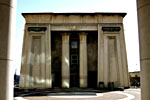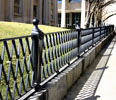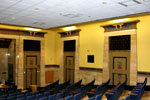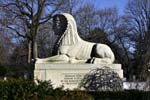
Thomas S. Stewart: Egyptian Building,
VA Commonwealth University,
Richmond, VA, 1845

Thomas S. Stewart: Egyptian Building,
VA Commonwealth University,
Richmond, VA, 1845

Thomas S. Stewart: Egyptian Building,
VA Commonwealth University,
Richmond, VA, 1845

Thomas S. Stewart: Egyptian Building,
VA Commonwealth University,
Richmond, VA, 1845












